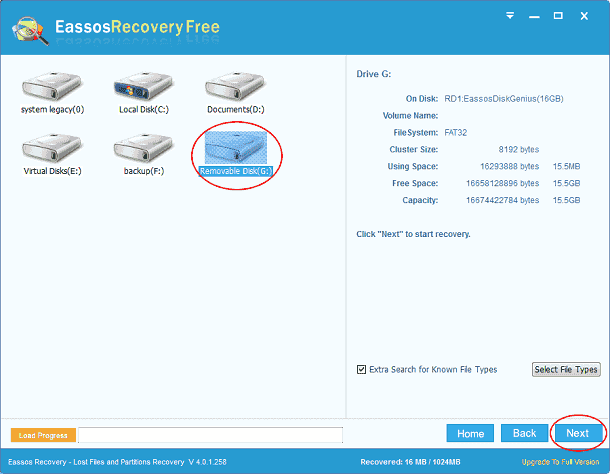There are many companies that counter on computer and data to carry out daily workings. Both individuals and business should be aware that in modern society files are stored on computer hard drive and USB drives. Meanwhile USB drives can be classified into several groups, because people who often travels or on the move need carry data wherever they go. USB drive gains popularity mainly thanks to its portability feature, which brings lots of convenience. In addition to that, users are fond of USB drive on account that it is very easy to use.
Although USB drives provides so many benefits, there still can get rid of some risks like data loss. Since people are able to carry them all the way, they have more chances to be dropped, knocked or even crashed. As a matter of fact, some damage may cause USB drive stop working. Once the USB drive that stores important data gets damaged, once will have to find solutions to rescue data. USB drive recovery is the process that recovery professionals retrieve data with specialized tools such as file recovery software. Usually recovery programs are able to undertake almost all recovery tasks as long as damages are logical problems.
Some may ask how to take measure to prevent USB drive damages, and the first step is finding our possible reasons. There are too many reasons to list one by one. Some can be virus, human error, quality, formatting, etc. Each cause may lead to different data loss problem, for example, USB drive may be corrupted, certain data gets deleted, all files are erased, etc. For instance the formatting of entire hard drive can remove all files off the USB drive. In such condition, users can either go for recovery center or try the recovery by themselves with free file recovery software. Here are commonly used steps to for USB drive recovery:
Step 1: Download and install recovery tool to computer. Then connect the USB drive (USB flash drive, external hard drive, memory card, etc.) to computer via USB port.
Step 2: Start eassos recovery program and scan the crashed USB drive.
Step 3: After file scanning, copy and save data to a safe location.
USB drive or external hard drive data loss won’t happen so frequently as long as files are well protected, such as maintain recent backup, keep more than one backup copy on different drives, update anti-virus program, follow proper way to use USB drive, etc.
